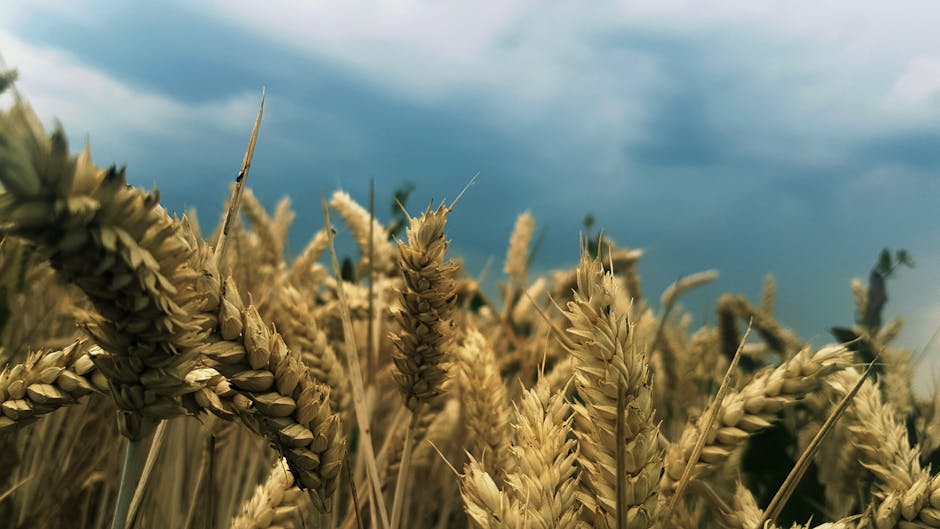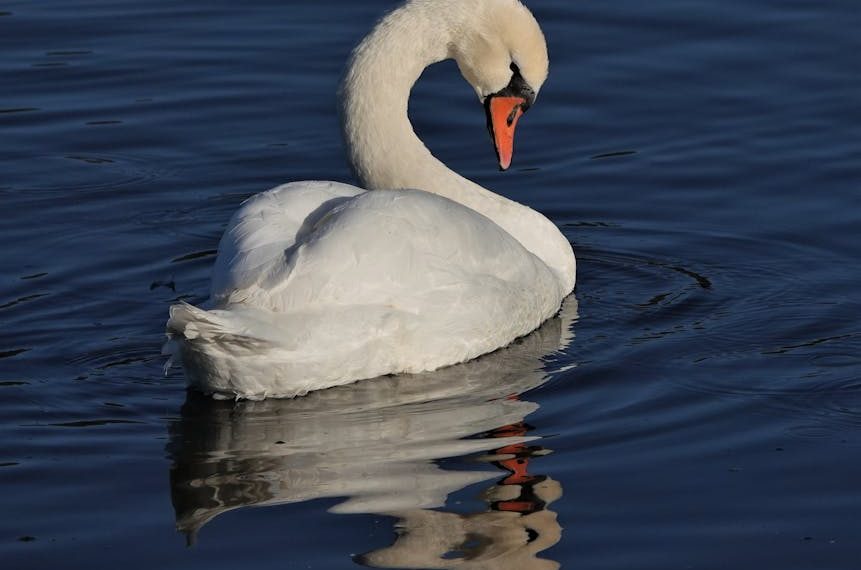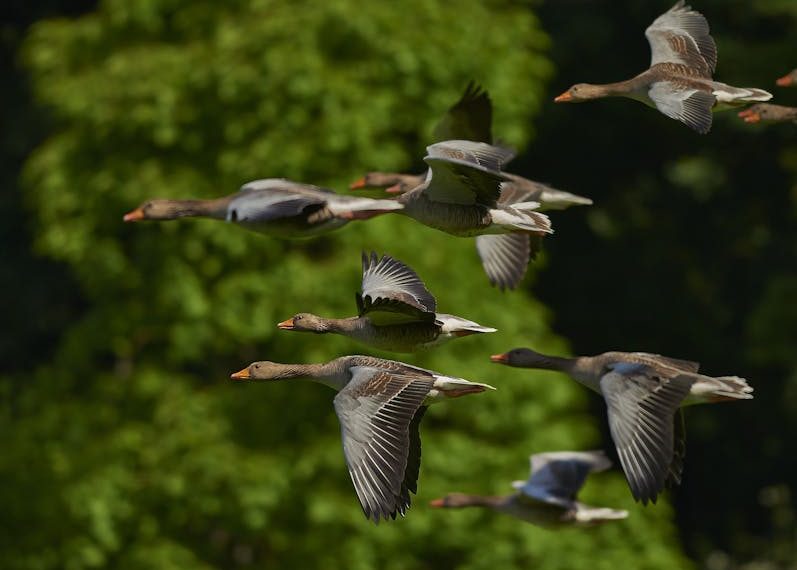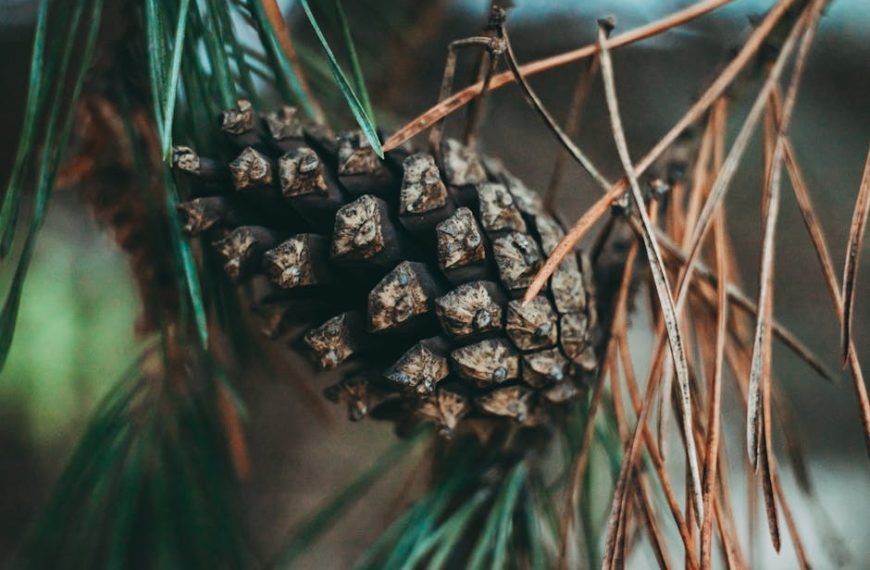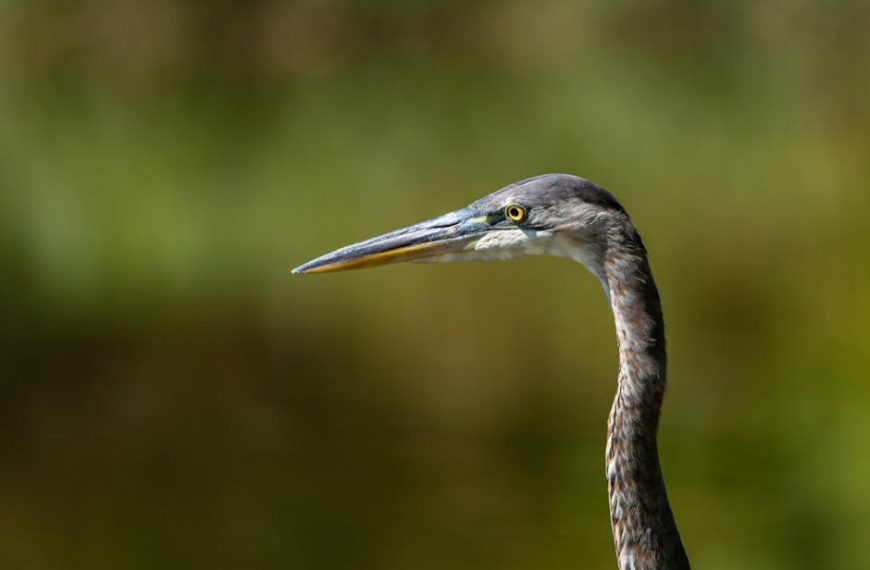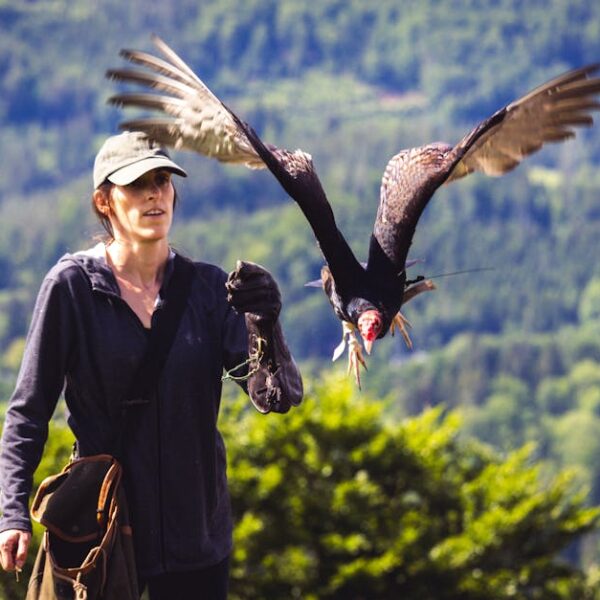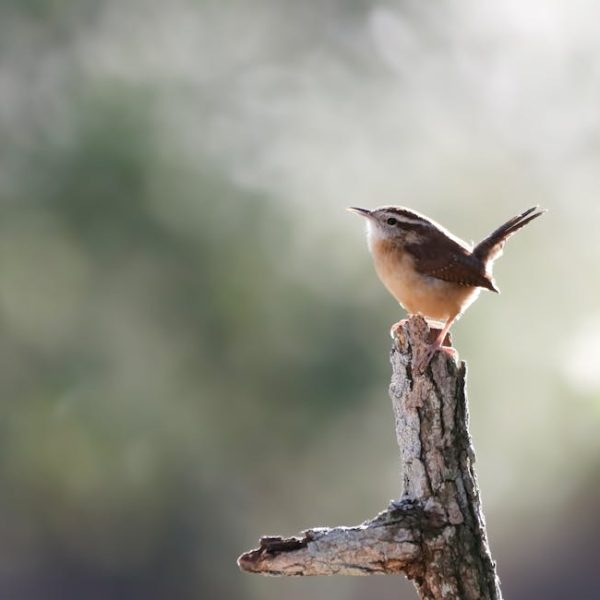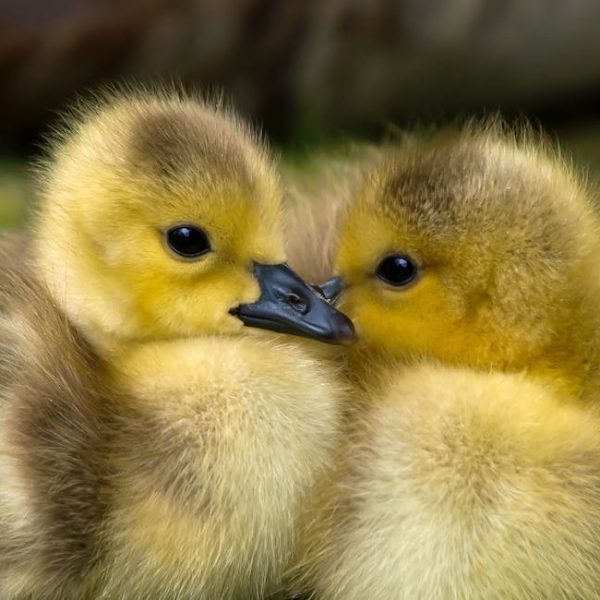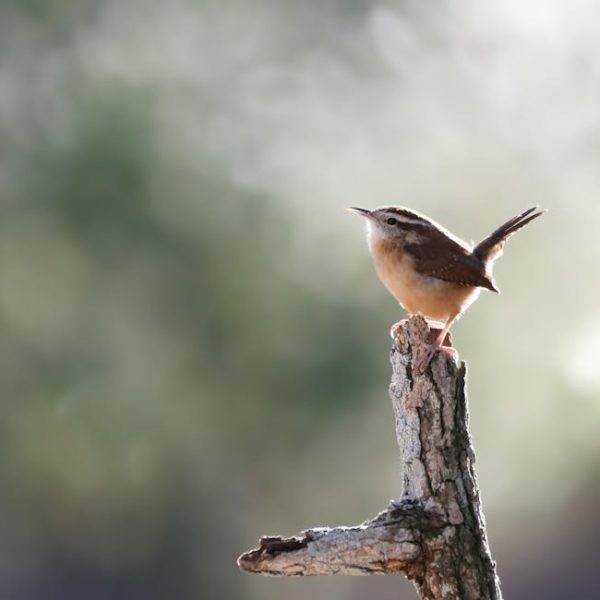Birds, while lovely to watch, can become a gardener’s worst nightmare when they begin feasting on newly-sown grass seeds. Thanks to their keen vision, sharp beaks, and unwavering persistence, they can pick clean an entire lawn’s worth of seed faster than it can germinate. However, don’t despair! There’s a variety of tactics you can employ to keep our feathered friends from decimating your fresh verdant landscape. Let’s dive into some tried-and-true strategies.
Bird Deterrent Methods: How to Keep Birds off Your Lawn
Keeping birds at bay requires a bit of creativity and strategy. Implementing a combination of visual and sensory deterrents is a smart way to ward off these clever critters.
Visual scare tactics can range from traditional scarecrows to more modern approaches, like reflective tapes and wind chimes. Their spinning, flashy characteristics are designed to mimic predatory movement, effectively keeping smaller species away. While they might not be foolproof, they serve as first-line defense and provide a degree of control without harming the birds.
List of Bird Deterrent Methods:
- Scarecrows
- Reflective tapes
- Wind chimes
- Ultrasonic bird repellers
On the other hand, ultrasonic bird repellers offer a high-tech solution. These devices emit frequencies that are inaudible to humans but disturb birds, deterring them from settling in your lawn. However, the effectiveness of these repellents can vary widely based on the bird species and the environment.
| Visual Scare Tactics | Ultrasonic Bird Repellers | |
|---|---|---|
| Effectiveness | Varies, generally moderate | Depends on species and environment |
| Cost | Low to moderate | High |
| Eco-friendliness | Eco-friendly | No known harm to environment |
Importance of Timing: When to Plant Grass Seed
Timing is of the essence when planting new grass seed. Although it may seem inconsequential, strategic sowing can make a world of difference in saving your seedlings from becoming bird feed.
Birds are most active during the day, with peak feeding times in the morning and late afternoon. By sowing your seeds either early in the morning or late in the evening, you take advantage of bird resting times, increasing the chances for your seeds to settle into the soil, and making them less noticeable to the birds.
Best Practices: Aim to sow your grass seed during the cooler hours of the day, avoiding peak bird feeding times for the best results.
Pro Tip: Remember, timing is only part of the strategy. You can combine this tactic with other methods to increase your success even further.
Stick around as we tackle other effective approaches like employing protective covers, using seed coatings, and setting up alternative feeding stations for birds.
Employing Protective Covers: Safeguard Your Grass Seed
Protective covers offer a literal barrier between your carefully sown grass seed and the prying beaks of birds. By using materials like straw mulch, burlap, or seed blankets, you provide a physical layer of protection that deters birds and promotes soil insulation and moisture retention, helping your seeds to germinate faster.
Pros and Cons of Different Protective Covers:
| Straw Mulch | Burlap | Seed Blankets | |
|---|---|---|---|
| Pros | Improves soil quality, retains moisture, inexpensive | Eco-friendly, retains moisture, deters pests | Promotes growth, retains moisture, easy to use |
| Cons | Can contain weed seeds, may attract pests | May require additional watering, less effective against larger birds | Higher cost, less effective against larger birds |
Pro Tips for employing Protective Covers:
- Ensure the cover material is clean and free of potential weed seeds.
- Make sure your protective layer is not too thick, allowing enough light and air for germination.
- Use landscape staples or wooden stakes to hold the cover in place.
Using Seed Coatings and Bird-Repellent Grass Seed
Believe it or not, science has also played a role in protecting your grass seeds. Manufacturers now offer seed coatings and bird-repellent variants that are specifically designed to protect seeds from potential predators.
Seed coatings are usually non-toxic substances that make the seeds less appetizing to birds, effectively decreasing their likelihood of becoming a bird buffet. Bird-repellent grass seed, on the other hand, includes an additive that deters birds while being harmless to them and other wildlife.
Popular Bird-Repellent Grass Seed Brands:
- Scotts Turf Builder
- Pennington Smart Seed
- Jonathan Green Black Beauty
Pro Tip: Thoroughly research each brand’s effectiveness and customer reviews before purchasing. Also, ensure the grass seed variant is suitable for your region and soil type.
Creating a Distraction: Supplying an Alternative Bird Feeding Station
Interestingly, one of the most effective ways to keep birds from devouring your grass seeds is by feeding them–elsewhere. Setting up a bird feeder away from your lawn can provide an alternative feeding station for the birds, distracting them from your freshly sown seeds.
Best Practices for setting up a bird feeding station:
- Set up the feeder at least 20 feet away from your seeded area.
- Consider a feeder design that deters other pests like squirrels.
- Keep the bird feeder clean and well-maintained to prevent diseases.
Pro Tip: Stock up your bird feeders with sunflower seeds or suet balls. Not only are these favorites amongst many bird species, but they also offer better nutritional value than grass seeds, making your feeder more appealing!
In conclusion, protecting your grass seeds from birds may require a combination of strategies. Whether you turn to scare tactics, savy sowing times, physical barriers, science-backed seed coatings, or devious distractions, remember: the goal isn’t to harm or eradicate the birds – but to co-exist with them harmoniously, within the lush, green lawn of your dreams!
Key Takeaway:
- Implement a mix of visual and sensory deterrents such as scarecrows, reflective tapes, wind chimes, and ultrasonic bird repellers to discourage birds from feeding on your lawn.
- Adjust your sowing schedule to avoid peak bird feeding times and increase the chances of your seeds germinating.
- Utilize protective covers like straw mulch, burlap, or seed blankets to provide a physical barrier for the seeds.
- Invest in seed coatings or bird-repellent grass seeds to make the seeds less appetizing to birds.
- Create an alternative feeding station to distract the birds from your lawn.
Maintaining a lush, green lawn while co-existing with birds is perfectly achievable with the right strategies. While each of these methods offers its own benefits, using a combination can significantly increase your chances of success. Keep experimenting and adjusting until you find the perfect combination that works for your lawn and the specific bird species you deal with.
FAQs
Q: What is a recommended bird feeder design to deter other pests like squirrels?
A: Opt for feeders with small mesh size, weight-sensitive perches, or a cage design. Squirrel-proof feeders, which close under the weight of a squirrel, can also be highly effective.
Q: Are there species of grass that birds do not like?
A: While birds do not have particular preferences for grass species, seed coatings and bird-repellent varieties can help deter them.
Q: Will straw mulch, burlap, or seed blankets harm beneficial insects in my lawn?
A: These protective covers are designed to be lightweight and porous, most likely they will not harm beneficial insects. They could even provide them with shelter.
Q: How often should a bird feeder be cleaned?
A: It is recommended to clean bird feeders thoroughly every two weeks, or more frequently if you notice any diseases amongst your bird visitors.
Q: How long should I employ these deterrent methods after sowing my grass seed?
A: You should continue using these deterrent methods until your grass seeds have fully germinated and established, typically 2-3 weeks.
Remember, these tips are meant to guide you towards successfully growing your lawn while living harmoniously with birds. Don’t forget to share this article with your fellow gardening enthusiasts or anyone looking to protect their grass seeds from birds. Explore our website for more useful gardening tips.
